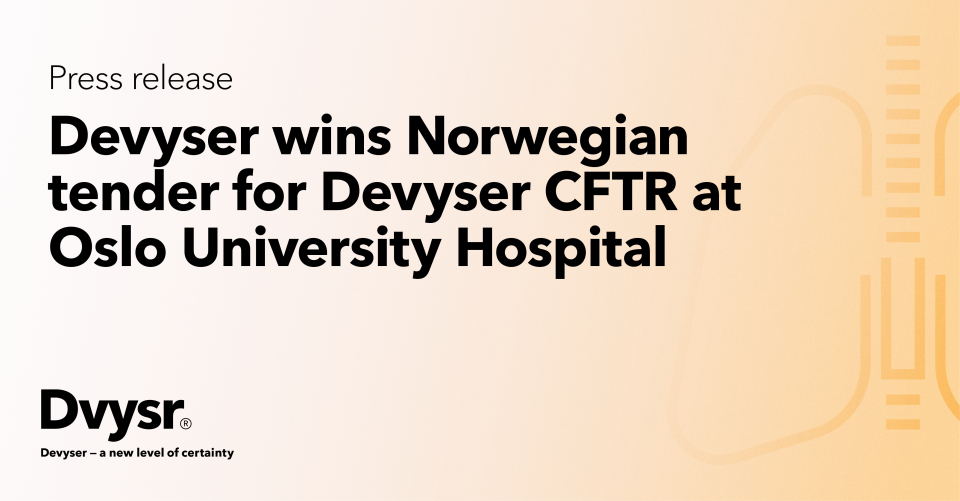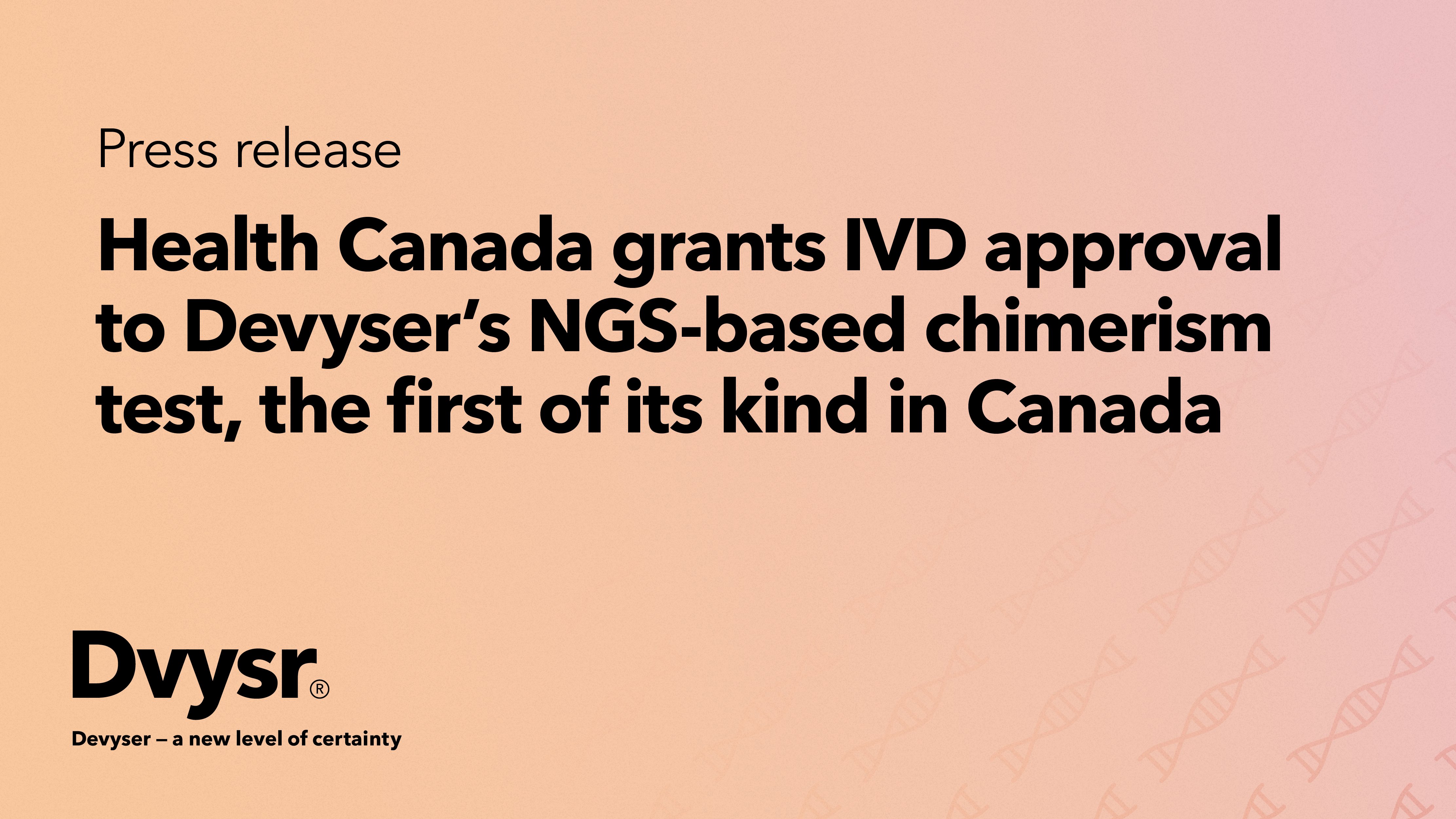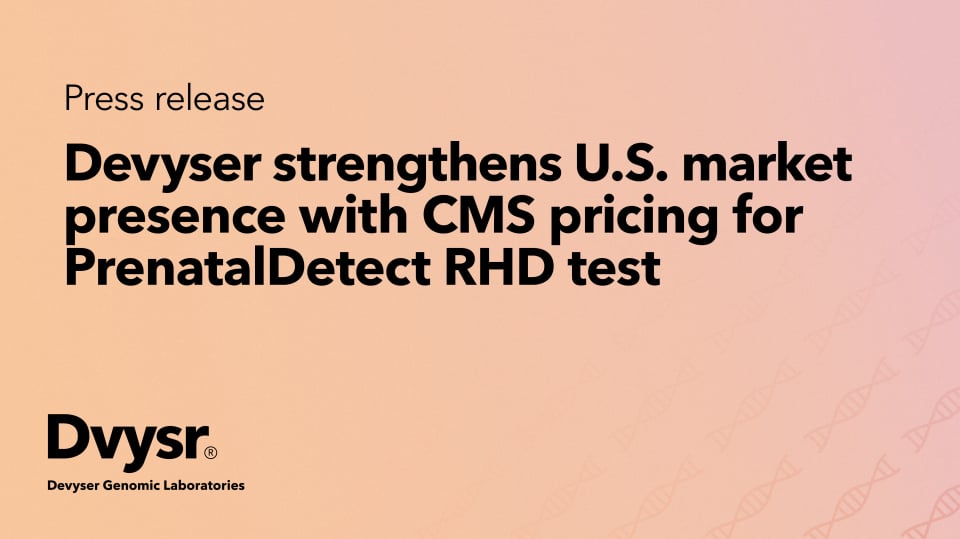Devyser wins Norwegian tender for Devyser CFTR at Oslo University Hospital
Devyser is proud to announce that the company has been awarded a tender by Oslo University Hospital...

IVDR | October 5, 2022
Learnings from our IVDR journey
157 rigorous pages, 113 articles, and 15 well-thought annexes. That is the executive summary of Devyser’s IVDR journey. Worth it? – Every day of the week! The extent of the IVDR preparation explained in a few numbers, looks straightforward. Here is how it really was.
IVDR, the In Vitro Diagnostic Regulation is the new regulatory framework for in vitro diagnostic medical devices. As of May 26, 2022, the IVDR is replacing the IVD directive which was applicable for all sold CE-IVD marked products. A directive sets out rules for all EU member states but leaves it up to each state to transfer to a national directive. Regulation is however directly a law in each member state and leaves no room for local interpretation. Here we share our learnings from the transition.
This change has dramatically impacted all companies selling CE-marked medical device products in Europe, as IVDR is much more comprehensive than IVDD. Patient safety, quality, and compliance have always been our core focus areas at Devyser, therefore we are embracing this regulation. For us, it is important to offer our customers the assurance to have a quality-approved partner. We strongly believe that more comprehensive requirements lead to safer products and less unserious players on the market, all for the benefit of the patient.
IVDR all about data and patient first
Our IVDR journey started in 2017 as the regulation was announced. Being already certified with ISO and, MDSAP we immediately outlined the validation process with help from the European commission’s guidance documents from MDCG. The key to a successful transition to IVDR has for us been our close collaboration with our notified body TÜV SÜD. We were in safe hands as they were the first notified body to issue an IVDR certificate in the world. Another success factor was the involvement of our senior management who throughout the whole process closely followed the progress and allocated necessary resources. The management team further appointed a PRRC (person responsible for regulatory compliance) in accordance with the regulation.
One of the cornerstones in IVDR is to demonstrate the clinical benefit of the product. To collect the critical data, we performed extended studies within the three areas: scientific validity, analytical performance, and clinical performance.
In addition, we have revised our processes for our product development process and quality management system. The QA/RA teamwork was outstanding. The team worked very hard with technical documentation to fulfill all the requirements.
Our post-market surveillance activities have further intensified. Following the regulation, we are obliged to consistently collect data for post-market surveillance, all with patient safety on top of our minds. The regulation requires us to proactively collect customer data. We now have improved processes in place to constantly review, revise and validate the quality of the product.
At the end of the day, it is all about patient safety. The journey does not end here, and we are always improving to offer our customers state-of-the-art products.
Is it worth it? - Every day of the week.
By Matilda Jernevad & Olle Myrberg

Devyser is proud to announce that the company has been awarded a tender by Oslo University Hospital...
Read More

Devyser, a leading provider of advanced genetic testing solutions, has been awarded a new tender in...
Read More

Devyser is proud to announce that One Lambda Devyser Chimerism and Advyser Chimerism have been...
Read More

Devyser today announced that the Centers for Medicare & Medicaid Services (CMS) has issued its...
Read More